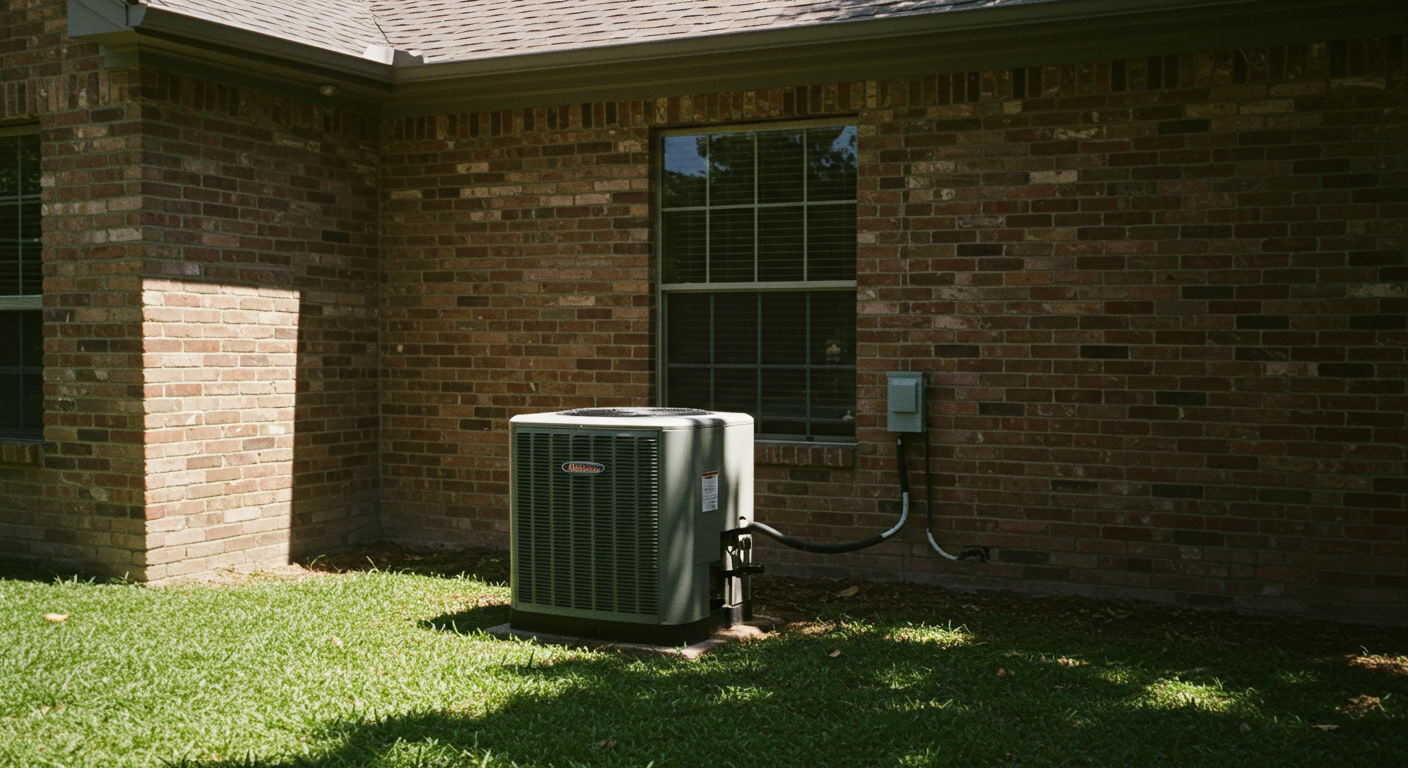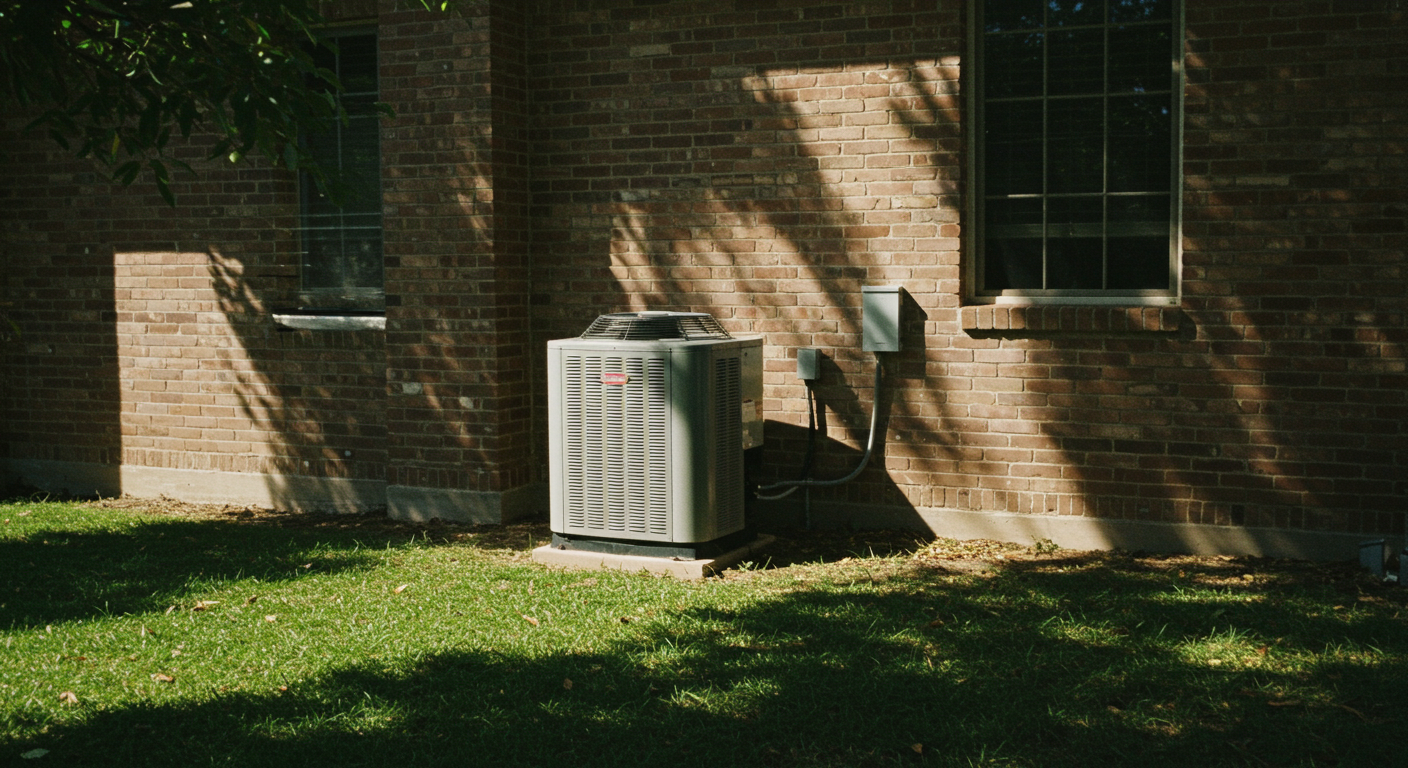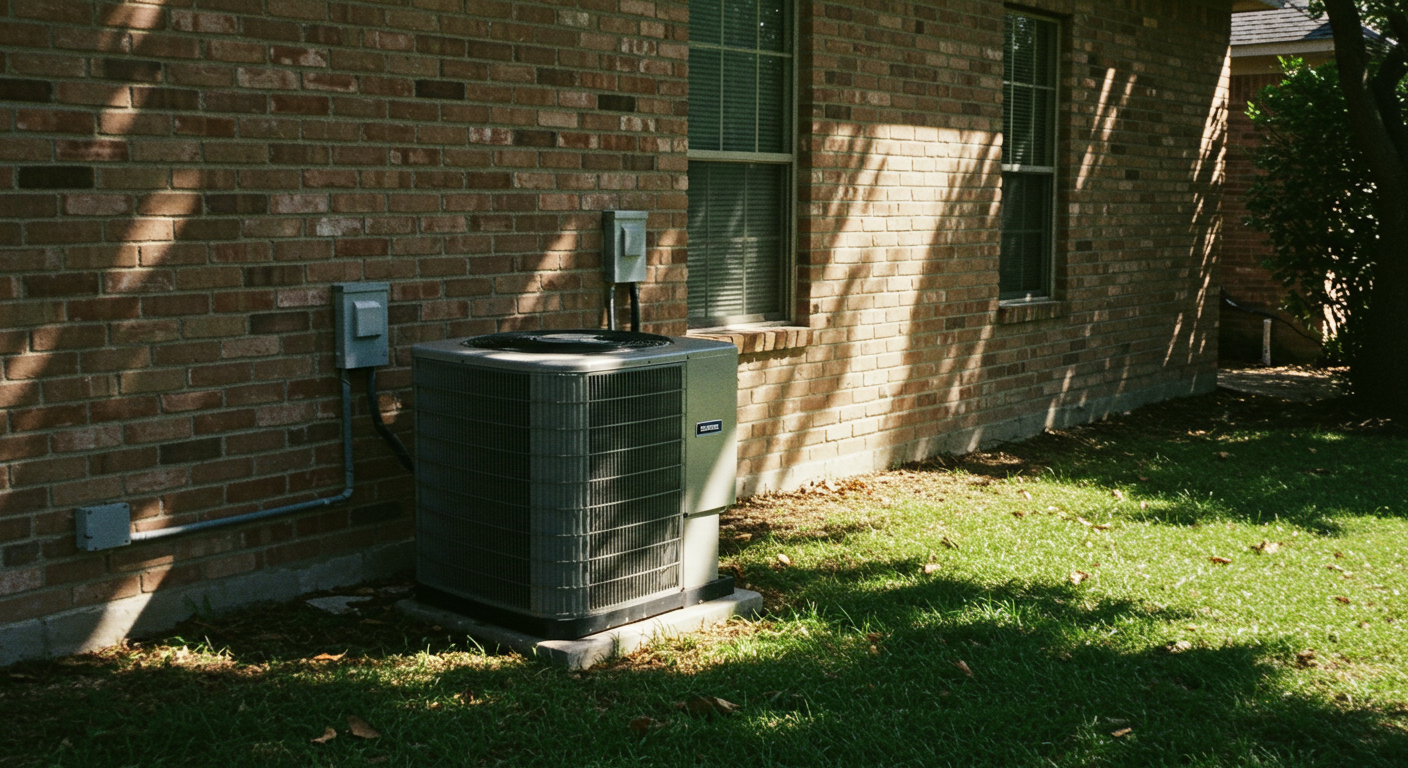In Texas, where summer temperatures often soar past 100°F, your air conditioner isn’t just part of the home; it’s your first line of defense against the heat. But if your system isn’t running efficiently, it can lead to frustrating issues like sky-high energy bills, inconsistent cooling, and premature equipment failure.
The good news? You don’t need a full system replacement to see improvement. At Shellaby A/C & Refrigeration, we’ve helped countless Texas homeowners reduce cooling costs and improve comfort by following simple, proven strategies. This guide walks you through how to maximize AC efficiency in Texas using expert-backed tips that work.

Why AC Efficiency Makes a Big Difference in Texas Homes
Across the state, homeowners often deal with long cooling seasons that push their HVAC systems to the limit. Without proper care and upgrades, even a high-end air conditioner can underperform.
Here’s what an inefficient AC can cause:
- Rising monthly electric bills
- Weak airflow and uneven room temperatures
- Short-cycling or nonstop operation
- Unnecessary wear and tear on parts
- Early system failure
If any of that sounds familiar, it’s time to take action. With a few targeted steps, you can improve performance, lower your costs, and get more from your existing system.
1. Start With Seasonal AC Tune-Ups
Your air conditioner needs regular care to operate efficiently, especially in a high-demand climate like Texas. Annual maintenance helps identify potential problems early and keeps your system clean and calibrated.
A typical AC tune-up from Shellaby includes:
- Deep cleaning of indoor and outdoor components
- Checking refrigerant levels and pressure
- Inspecting and tightening all electrical connections
- Ensuring proper airflow and thermostat settings
- Testing system controls and overall performance
Regular tune-ups don’t just improve efficiency, they extend the life of your AC and reduce the risk of emergency repairs.
Book your AC maintenance with Shellaby today and get ahead of summer heat.
2. Keep Air Filters Clean and Replace Them Often
Your air filter is your system’s first line of defense against dust and debris. But if it’s clogged, airflow is restricted, and your air conditioner has to work much harder than it should.
To increase AC efficiency, make sure to:
- Check filters every 30 days
- Replace them every 1–3 months, depending on usage and air quality.
- Consider higher-efficiency filters if you have pets or allergies.
A clean filter not only protects your equipment, but it also improves indoor air quality and helps your system cool more effectively.
3. Seal Leaky Ducts to Prevent Energy Loss
Leaking ducts are one of the most overlooked reasons for poor AC performance. When air escapes before reaching the rooms in your home, your system has to run longer and harder, which drives up energy use.
Look for signs like:
- Rooms that stay warmer than others
- Excess dust near vents
- Higher bills with no change in usage
By sealing leaks and insulating ductwork, especially in attics or crawl spaces, you can reduce energy loss and make your HVAC system more efficient.
4. Use a Smart or Programmable Thermostat
Smart thermostats allow you to control your AC remotely and schedule temperature changes based on your daily routine. By reducing unnecessary cooling when you’re away or asleep, you lower energy use without sacrificing comfort.
Benefits include:
- Hands-free temperature control
- Energy reports and usage tracking
- Integration with other smart home devices
- Learning features that adapt to your preferences
Even a basic programmable model can help you make your AC work better without lifting a finger.
5. Maintain the Outdoor Unit
The outdoor condenser unit needs clear space and regular cleaning to operate efficiently. If it’s surrounded by overgrown plants or clogged with debris, it can’t release heat properly.
Tips to improve performance:
- Trim vegetation at least 2–3 feet around the unit
- Hose down the fins monthly during the summer.
- Remove leaves, dirt, and anything blocking airflow.
A little maintenance goes a long way toward protecting your system and increasing air conditioner efficiency.

6. Block Heat From Sun-Exposed Windows
Direct sunlight can quickly heat your home, making your AC work harder to cool it down. Preventing that heat gain is a simple but effective way to reduce cooling demands.
Try:
- Closing blinds or blackout curtains during the hottest parts of the day
- Adding reflective window film
- Installing exterior shading (awnings or pergolas)
- Planting trees or shrubs strategically for shade
Reducing solar heat gain keeps your interior cooler, even before the air conditioner kicks on.
7. Upgrade Insulation in Key Areas
Even if your AC is in top shape, poor insulation will let cooled air escape, especially in older homes or those with unfinished attics. That means your system has to run longer to maintain your desired temperature.
Focus areas include:
- Attics (add insulation to meet or exceed R-30)
- Wall cavities (where accessible)
- Door and window frames (use weather stripping or caulk)
- Garage doors (consider insulated options)
Improving insulation boosts comfort and lowers your reliance on the AC.
8. Use Fans to Help With Air Circulation
Fans won’t lower the temperature, but they make rooms feel cooler by improving airflow. When used with your air conditioner, they can reduce how often the system needs to run.
Tips:
- Run ceiling fans counterclockwise in summer
- Turn fans off when you leave a room.
- Use portable fans to help cool problem spots.
This small trick can help you maximize AC efficiency and stay comfortable at higher thermostat settings.
9. Be Strategic With Appliances That Generate Heat
Appliances like ovens, dryers, and even hot showers release heat into your home, especially during peak hours in the late afternoon. By limiting their use during the hottest part of the day, you can reduce the burden on your air conditioning system.
Try:
- Cooking earlier or using an outdoor grill
- Running the dishwasher and laundry overnight
- Taking cooler or shorter showers
- Using exhaust fans to remove heat and humidity
These habits help keep your home naturally cooler and improve your AC’s performance.
10. Know When It’s Time for an Upgrade
If your air conditioner is more than 10–15 years old, it may no longer run efficiently, even with regular maintenance. Newer systems with higher SEER (Seasonal Energy Efficiency Ratio) ratings offer better performance with less energy consumption.
Consider a replacement if:
- You’re constantly repairing the system
- Energy bills are increasing without explanation.
- Your home isn’t cooling evenly.
- The system runs nonstop with little relief.
Shellaby can inspect your system and provide honest advice on whether repair or replacement is the better long-term choice.

Final Thoughts: Get More From Your AC, Spend Less on Cooling
Your air conditioner works hard during Texas summers, but it shouldn’t have to struggle. By following these practical steps, you can make your air conditioner more efficient, reduce operating costs, and extend your system’s lifespan.
From routine tune-ups and filter changes to smart thermostats and insulation improvements, every action you take adds up to long-term savings and comfort.
Schedule your AC maintenance with Shellaby A/C & Refrigeration and let us help you stay cool, without overpaying.
FAQs: How to Improve AC Efficiency
How often should I service my AC in Texas?
It’s best to schedule professional maintenance once a year, ideally in spring before peak usage begins.
Does changing the air filter help?
Absolutely. A clean filter improves airflow, reduces system strain, and supports better indoor air quality.
What’s the ideal summer thermostat setting?
78°F is generally recommended when you’re home, and up to 82°F when you’re away, especially when paired with fans.
Can I install a smart thermostat myself?
Some models are DIY-friendly, but if you’re unsure or need wiring support, a licensed technician can handle the setup.
When should I consider replacing my air conditioner?
If it’s over a decade old, frequently breaks down, or struggles to cool your home, upgrading to a high-efficiency system can save you money long-term.
